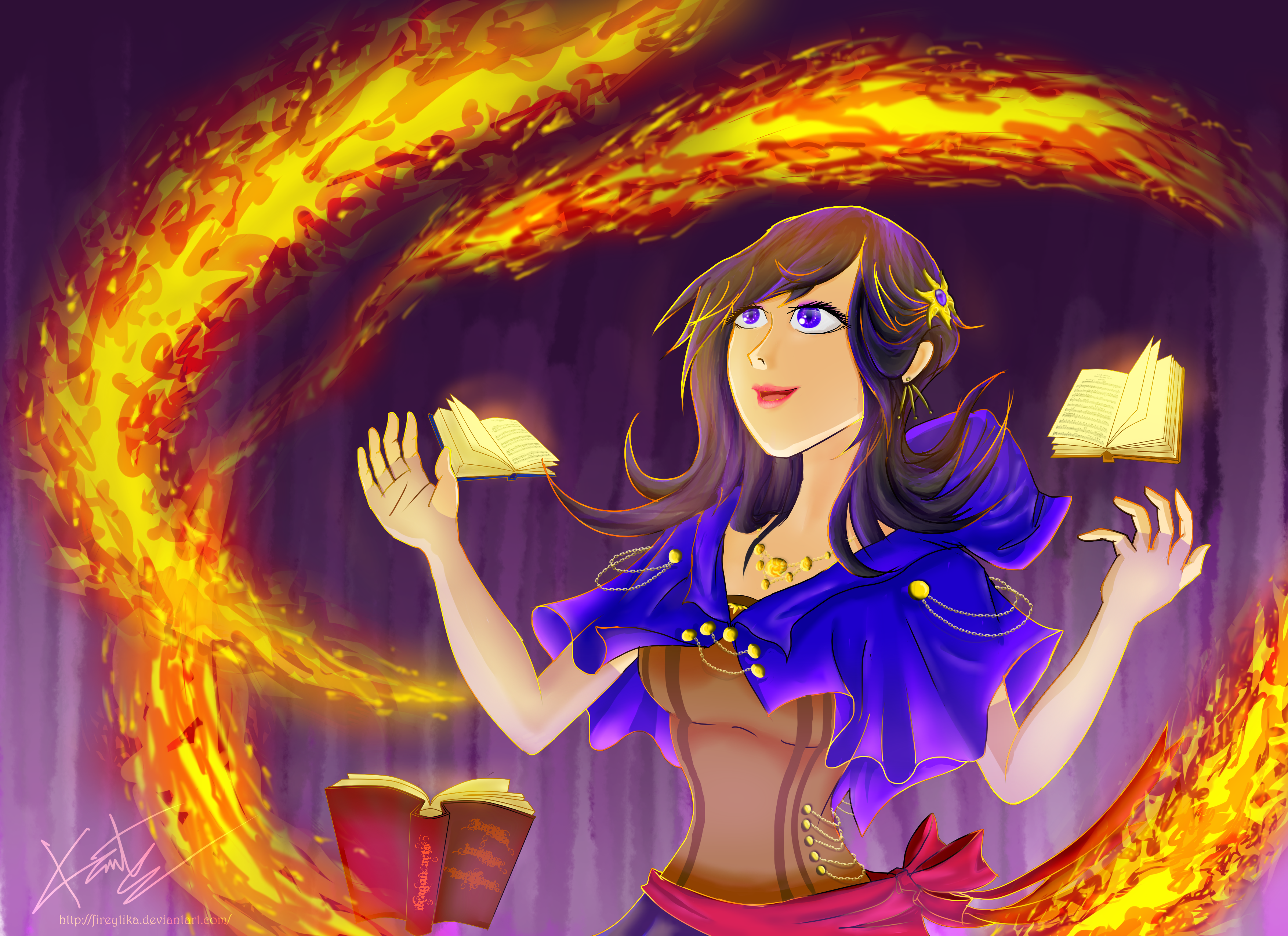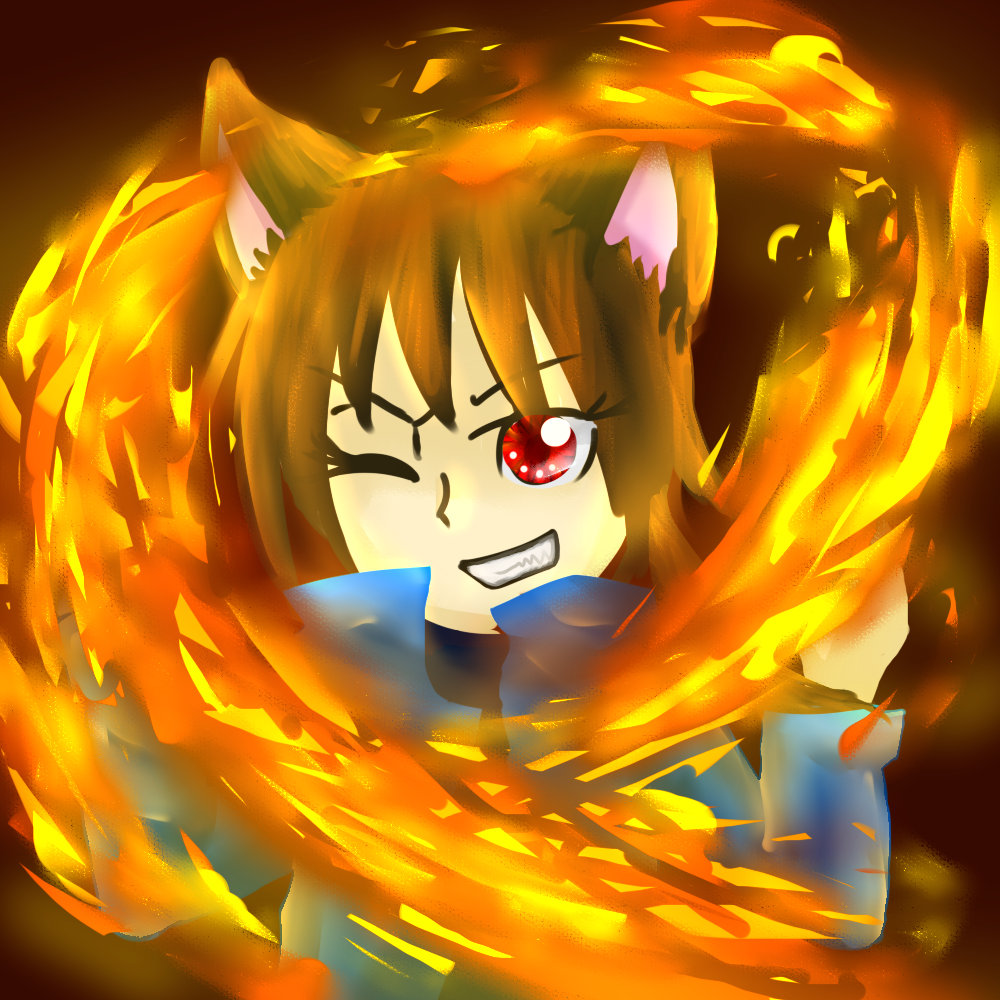Dragon Magic: The High Art
Some Terms:
Aethir - Mana, magical energy, or the source/conduit of that energy.
Aerte - The beyond place, believed to be the source of magic, and even existence itself, and also the place where pocket runes and a portion of a Drac's shapeshifted "mass" is stowed.
Anima / Animus - The energetic spirit of all living things, extending slightly beyond the physical size of the thing's true form. Thus dragons, even in human form, have an animus range equivalent to something similar to the size of their dragon form. A human's animus range is equivalent to what most refer to as their "personal space".
Manipulating aethir, or the animus, is known as "The High Art", or Paerneste in High Draccian.
The High Art takes many forms, and most of it comes innately to dragons.
Rune Magic
Draconic runes are powerful enchantments that channel the High Art into physical objects. This is the only 'learning'-based form of the High Art. There are thousands of complicated runes that can be combined to create various enchantments. These are also used to create wards. So complex are they, that each rune is often copied from an authoritative source, except for those few runes a Drac has managed to memorize. Aethir is then used to infuse the rune with power and connect it to the unseen world, (or "aerte") a perpetual source of eldritch power.
Aura Magic
All Drac possess a draconic aura. It tends to inspire respect, awe, or fear innately in those subject to it, though it can be consciously dampened and even (for Drac) controlled. Within the aura, draconic creatures can communicate mentally. It tends to correspond with physical size, so females are innately more powerful at Aura magic. It also is often used by females to enforce dominance upon the males, as a stronger animus can dominate a weaker animus. It is considered impossible to dampen the animus completely, but males tend to be more adept at it than females. This is another reason why the matriarchs voted to withdraw from the world, because even in their dreams they influence the wills of those around them. Drakes possess a lesser version of this ability, but they do not really know how to dampen their aura, either. It takes a certain kind of individual to get close enough to even fight a dragon, and even a single dragon flying over a battlefield can demoralize the combatants.
The humans think of the range of their aura as their "personal space". Humans have learned to stay out of each other's personal space, unless the two are very close. The reasons for this are obvious: Humans don't understand the animus, and have no way of controlling it, and also few ways of negating its influence upon them. Two human beings that are in close contact, within each other's animus, will communicate a variety of things to each other, and will influence each other in lasting, lingering ways.
There is a certain degree of logic to how it works. In the case where the animus range of two individuals is drastically different (dragon vs. human, for instance) then there is an advantage to the one with the greater range. For instance, within a dragon's animus range, the dragon can sense the animas of others, even read them to some degree, and elder Drac can even influence the animas of others even within this "observation" range, though not with the same degree of skill or finesse as they could manage with a meld.
Once the dragon closes within the personal space of another, however, then the two anima swirl together, called a "meld", which happens in the same way for two dragons. With dragons this leads to an instant and intuitive understanding of the other, with questions raised in the mind of one being answered almost instantly in the other mind. The difference with a meld between dragons and humans is that this experience is often confusing for both parties, but especially for the dragon. Humans are so unaware of the animus they might feel "strange feelings" about a person (who is in fact a dragon), but a dragon who melds with a human finds themselves doing a bit of translation. Trying to make sense of the snap/flash of memories and impressions that are held within a mind so alien to their own. Translating these feelings and thoughts to their own concepts sometimes leads to misunderstandings.
This is one reason for the First Exile, to make dragons more effective ambassadors and more able to comprehend the race of Man.
Evocative Magic
This is the intuitive magic possessed by the Drac, the ability to work their will in the physical world through pure magical acts alone, primarily by manipulating the elements. Things such as controlling the weather or the elements call upon this magic, or performing other improvised feats. Dragons do not learn spells, their power simply grows with age, and through their imagination and knowledge find new ways to tap their abilities. Males tend to be more powerful at this form of the High Art, but only because they tend to practice its finer nuances more, supplementing their lack of physical strength (which they can never improve) with an increased reliance upon magic.
Shapeshifting
Possessed by all true Drac (except the relarche). This allows a dragon to morph its form into that of animals or humanoids. It is not a direct translation, and though their weight and strength are scaled down based on the size of the form they have chosen, they are still stronger, more resilient, heavier, and overall more powerful than the form they have chosen.
Shapeshifted dragon birds often have trouble resting on the thin branches of trees without magical aid, for instance.
Dragonfire/Dracfaer
This is, in fact, a magical art that draws from the very core of the Drac's essence, from the fiery hearts that burn within every Drake and Drac. Most Drac cannot even access this ability beyond a few spurts until they have lived almost 100 years, but Drakes possess it at 25 years, maturing much earlier physically.
Tied as it is to their very soul and emotion, excessive anger can cause them to vomit forth dracfaer uncontrollably.
Dracfaer destroys everything it touches, razing it to the ground. Even stone can melt under its touch (although it does not actually catch fire), and it continues to kindle a flame until it reaches some kind of firebreak.
Artist Credit
Sheldrache
by the Feline Inferno, Fireytika
©2015 Fireytika

